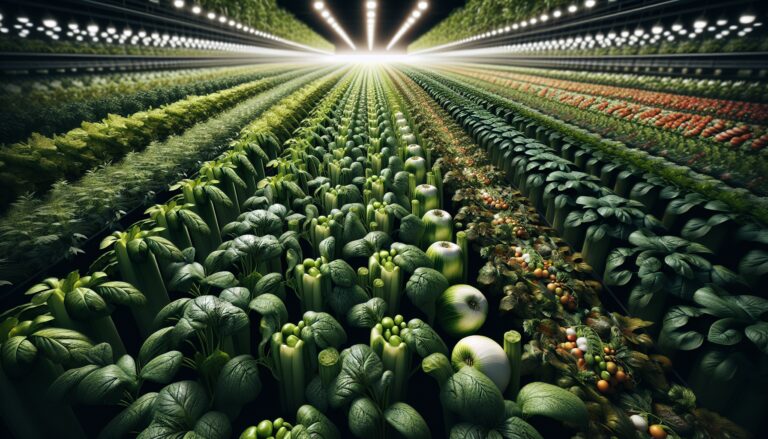Argomenti trattati
Understanding the growing seasons
When it comes to vegetable gardening, timing is everything. The optimal period for planting vegetables generally spans from April to November, divided into two main seasons: spring and fall. Each season offers unique opportunities for different crops, making it essential for gardeners to understand the best times to plant various vegetables. According to gardening experts, the key to a successful harvest lies in knowing when to sow your seeds and how to care for them throughout their growth cycle.
Spring planting: Maximizing your yield
Spring is often considered the prime time for planting vegetables. As the frost begins to thaw, the soil warms up, creating ideal conditions for seed germination. Experts recommend starting your planting early enough to avoid frost damage, which can stunt growth or kill young plants. For instance, warm-season crops such as tomatoes and cucumbers should be planted after the last frost, typically around mid-May. This timing allows these plants to thrive and produce a bountiful harvest before the first frost in late fall.
In addition to timing, the choice of crops is crucial. Cool-season vegetables like carrots and peas can be planted in early spring, while others like corn can be sown from March to June. Understanding the specific requirements of each vegetable will help you plan your garden effectively. For example, carrots can be planted from February to May in most regions, while in warmer climates, they can be sown from September to March.
Fall planting: A second chance for gardeners
While spring is the most popular planting season, fall also presents a valuable opportunity for gardeners. Many cool-season vegetables can be planted in late summer for a fall harvest. For instance, kale and lettuce thrive when planted from July to September, allowing them to mature before the days shorten and temperatures drop. This strategy not only extends the growing season but also provides a fresh supply of vegetables during the cooler months.
Moreover, fall planting can be advantageous for those who missed the spring window. Vegetables like radishes and potatoes can still be planted in late summer, ensuring a continuous yield. The key is to plant early enough in the fall so that the crops can reach maturity before the first frost. By understanding the seasonal requirements of your chosen vegetables, you can maximize your garden’s productivity throughout the year.
Starting seeds indoors: A smart strategy
For those eager to get a head start on their gardening, starting seeds indoors is an effective method. This approach allows you to control the growing conditions, ensuring that delicate seedlings thrive before being transplanted outdoors. Sensitive vegetables like tomatoes and peppers benefit greatly from this technique. Once the seedlings are robust enough and outdoor temperatures consistently exceed 50°F, they can be moved outside to continue their growth.
However, it’s important to remember that not all vegetables require the same care. Hardier crops like potatoes and peas can be planted directly outdoors, even in slightly cooler conditions. This flexibility allows gardeners to adapt their planting strategies based on local climate conditions and the specific needs of their crops.

